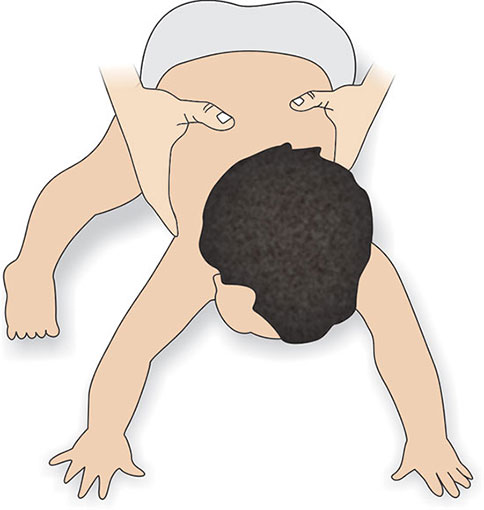Dealing with new borns is not easy and there are certain things you are absolutely required to be aware of. One of it is parachute reflex. However, reflexes are also of different types. Let’s first begin by understanding what is reflex and parachute reflex in new borns.
What is a reflex?
Reflexes as the name suggests are involuntary movements, they can occur as a part of a stimulus reaction cycle or can occur just as a moment during the daily activity.
What importance does infant reflexes have?
Infants have a set of primitive reflexes that stay with them for a certain period of time and vanish as they grow. These sets of reflexes being present at a particular age denotes the proper development of the neurological system of the baby, also if they are present beyond the age of were they had to be disappeared also shows abnormality.
What are the basic reflexes seen in an infant?
Rooting reflex – Helps in suckling.
Sucking reflex – Helps with suckling
Stepping reflex – Helps with walking
Tonic reflex – Helps with movement
Parachute reflex – Helps with safety and movement.
What is a parachute reflex in New born?
Parachute as the name itself suggest, is a type of movement that happens when the body senses any danger. For example, the parachute is opened by a glider when he senses the danger of being hit on the ground, similarly when the baby senses the danger of fall from any direction the baby’s arms and legs go in a full extended pose to prevent the body from the fall.
When to notice parachute reflex and for how long does it stay with the baby?
This reflex develops in a baby at the age of five and it remains with the throughout their life. It’s a primitive form of reflex that is formed in the mother’s womb and gets evolved with various stimuli. It’s a very important form of protective reflex.
How to test a parachute reflex in your infant & get rid of it?
The best person to perform these tests to check the neurological development in your child is your doctor, you can take your child to him on routine check ups to know the details of the baby’s development. If that is not possible here are the steps to perform the reflex at home, but be very careful while handling your child and do not panic if you do not see the desired response, you might be doing the procedure wrong. It requires a little practice to know the results. In such cases contact your doctor.
Parachute reflex
Step 1: Hold the baby to your side in an erect position, and bring the baby to its belly immediately, the baby extends its arms and legs in order to land safely on the ground. This is a normal parachute response. This response develops after 5 months of age.
Step 2: Modified parachute response: Begins at 7- 8 months of age, when the baby is able to sit by itself, and when one tries to push the baby from behind, the baby stumbles and extends the arm to prevent fall. This is called frontal parachute reflex. Similarly, when the procedure is done from front as in when the baby is pushed from front and extension is backward.
Step 3: Lateral parachute reflex: The push or nudge is given laterally and the baby protects itself by abducting the arm laterally.
So, these reflexes help us to judge the development of the baby. As I stated before if you are unable to see the response do not panic, the procedure might have been wrong, consult your doctor and seek his help.
Picture courtesy: https://www.jaypeedigital.com/












+ There are no comments
Add yours